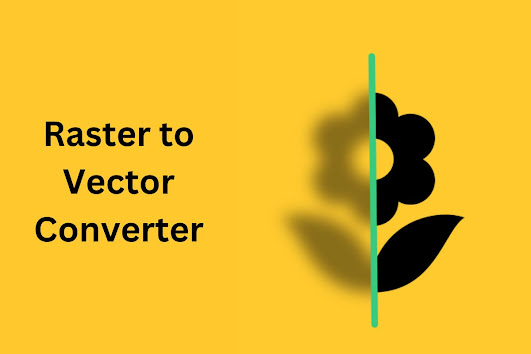In the digital age, visual content has become a cornerstone
of effective communication and marketing strategies. Photo editing agencies
have emerged as vital partners for businesses, helping them create captivating
images that attract and engage customers. These agencies offer a wide range of
services that enhance the quality and impact of visual content, playing a
crucial role in various industries. This article explores the significance of
photo editing agencies in today's business landscape.
Enhancing Brand Identity
A strong and cohesive brand identity is essential for
businesses to stand out in a crowded marketplace. Photo editing agencies help
companies maintain a consistent visual style across all their marketing
materials. By refining images to align with brand guidelines, these agencies
ensure that every visual element, from product photos to social media posts,
reinforces the brand's identity. This consistency helps build brand recognition
and trust among consumers.
Improving Product Presentation
High-quality product images are critical for e-commerce
businesses, as they directly influence purchasing decisions. Photo editing
agencies specialize in enhancing product photos by adjusting lighting, colors,
and backgrounds to make products look their best. Techniques such as
retouching, background removal, and shadow creation are used to highlight
product features and make them more appealing to potential buyers. This
professional presentation can significantly increase conversion rates and drive
sales.
Also Read: Top 10 Clipping Path Agencies in Europe
Creating Engaging Marketing Content
In the age of social media and digital marketing, engaging
visual content is key to capturing audience attention. Photo editing agencies
create visually stunning images that are tailored for various platforms, such
as Instagram, Facebook, and websites. They employ creative techniques like
adding special effects, creating composites, and designing eye-catching
graphics to make content more shareable and memorable. This enhances the
effectiveness of marketing campaigns and helps businesses reach a wider audience.
Time and Cost Efficiency
Outsourcing photo editing tasks to specialized agencies
allows businesses to save valuable time and resources. Photo editing can be a
time-consuming process, requiring specialized skills and software. By
partnering with an agency, businesses can focus on their core operations while
experts handle the technical aspects of image enhancement. This not only
improves efficiency but also ensures that the final results meet professional
standards.
Supporting Marketing and Advertising Campaigns
Marketing and advertising campaigns rely heavily on visuals
to convey messages and attract attention. Photo editing agencies play a crucial
role in creating compelling images that resonate with target audiences. Whether
it's designing eye-catching banners, retouching photos for print ads, or
creating stunning visuals for online campaigns, these agencies provide the
expertise needed to produce high-impact marketing materials.
Adapting to Changing Trends
The visual landscape is constantly evolving, with new trends
and technologies emerging regularly. Photo editing agencies stay up-to-date
with the latest developments in image editing software, techniques, and design
trends. This enables them to provide businesses with fresh and contemporary
visuals that keep pace with industry changes. By leveraging the latest trends,
businesses can stay relevant and maintain a competitive edge.
Also Read: Top 10 Photo Editing Agencies in Europe
Conclusion
In today's visually driven world, photo editing
agencies have become indispensable partners for businesses across various
industries. Their expertise in enhancing brand identity, improving product
presentation, creating engaging marketing content, and supporting advertising
campaigns is invaluable. By outsourcing photo editing tasks, businesses can
achieve professional-quality visuals that captivate audiences and drive
success. As the demand for high-quality visual content continues to grow, the
role of photo editing agencies in today's business landscape will only become
more significant.




